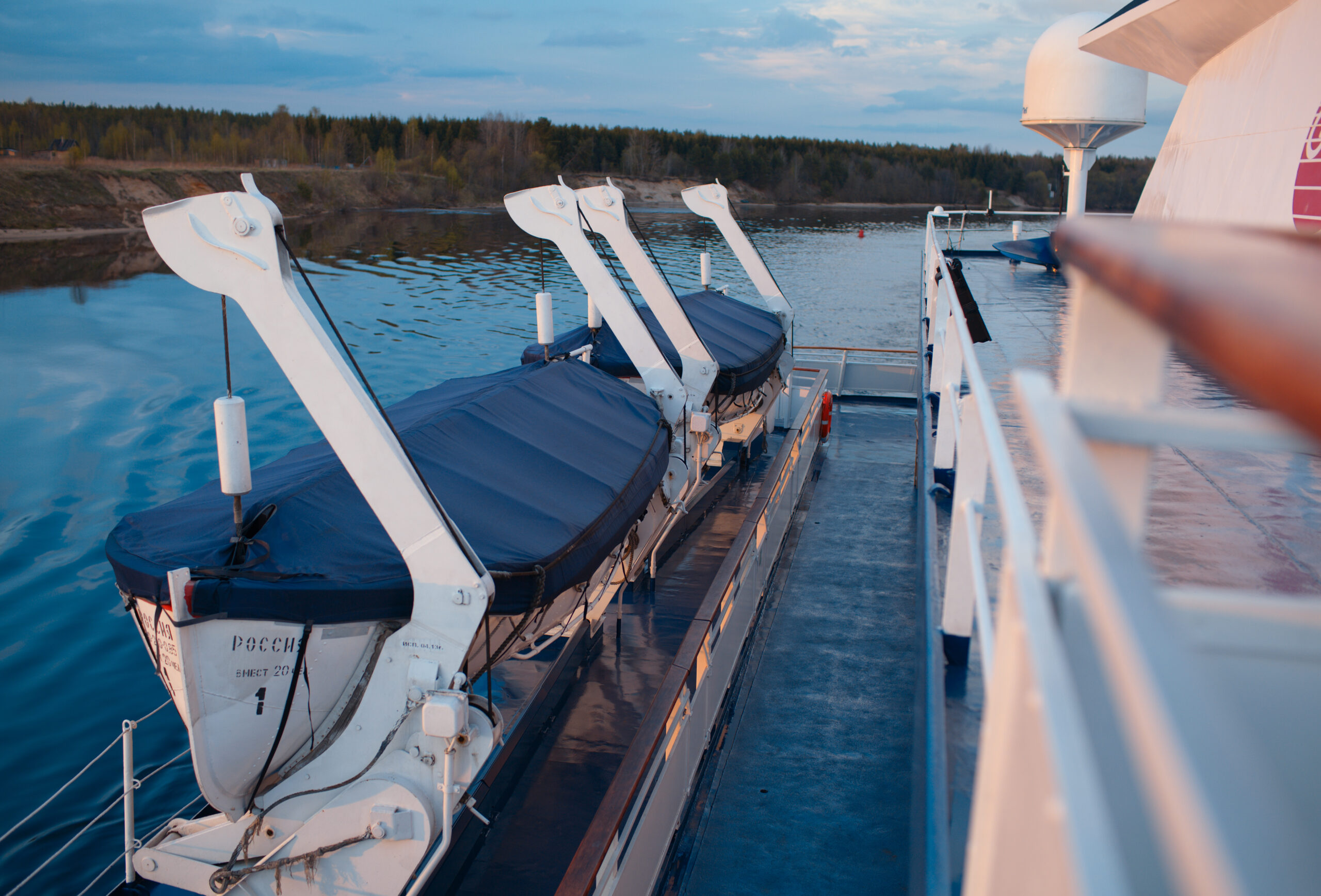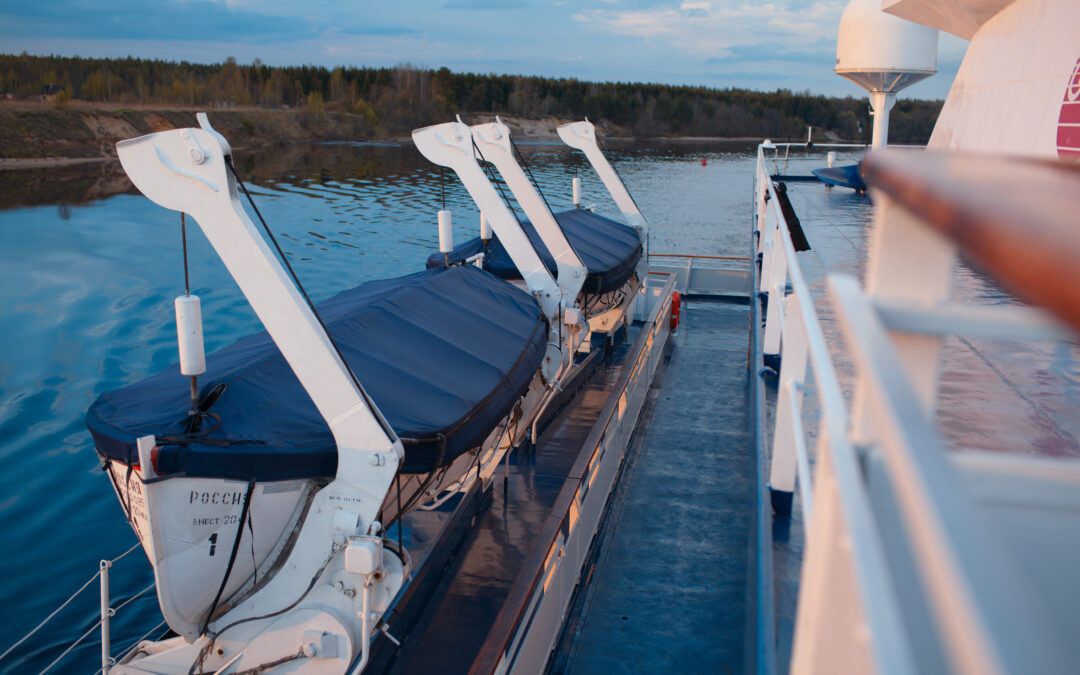Introduction to Disaster Preparedness:
Disaster preparedness is an essential aspect of life that helps individuals and families prepare for unexpected emergencies. Natural disasters can strike at any time, leaving people without power, water or food. It’s crucial to have a plan in place before disaster strikes so you know how to keep yourself and your loved ones safe. In this guide, we will cover everything you need to know about preparing for natural disasters.
Creating a Disaster Plan:
The first step in disaster preparedness is creating a plan. Sit down with your family members and discuss what steps you should take in case of an emergency. Identify potential risks in your area such as hurricanes, earthquakes, floods, wildfires, etc., and create a plan based on those risks. Make sure everyone knows their roles and responsibilities during the emergency. Practice your plan regularly to ensure everyone remembers what they need to do.
Building an Emergency Kit:
Another critical component of disaster preparedness is building an emergency kit. This kit should include supplies that will help you survive for up to 72 hours after the disaster hits. Some items to consider adding to your kit are non-perishable food, water, flashlights, batteries, first aid supplies, extra clothing, and important documents like passports and birth certificates. Remember to check your kit regularly to make sure nothing has expired or gone bad.

Staying Safe During and After the Disaster:
During a natural disaster, it’s vital to stay calm and follow the instructions from local authorities. If evacuation orders are given, obey them immediately and head to a designated shelter. Stay away from windows and doors and avoid using electricity or gas if there are leaks. After the storm passes, be cautious when returning home and survey your property for damage. Call your insurance company right away to report any losses.
Conclusion:
In conclusion, being prepared for natural disasters is critical to keeping yourself and your loved ones safe. By following these tips, you can rest easy knowing that you have a plan in place and the necessary supplies to weather any storm. Remember to practice your plan regularly and update your emergency kit every six months.
Thank you for reading this post, don't forget to subscribe NOW for FREE!
Related Content
- Disaster Preparedness 101: Everything You Need to Know
- Protecting Your Home from Severe Storm Damage
- The Ultimate Guide to Disaster Preparedness: Protect Your Family and Home
- Prepare for EMP: Understanding the Importance of Electromagnetic Pulse Protection
- Here are Survival Supplies You Should Be Storing






